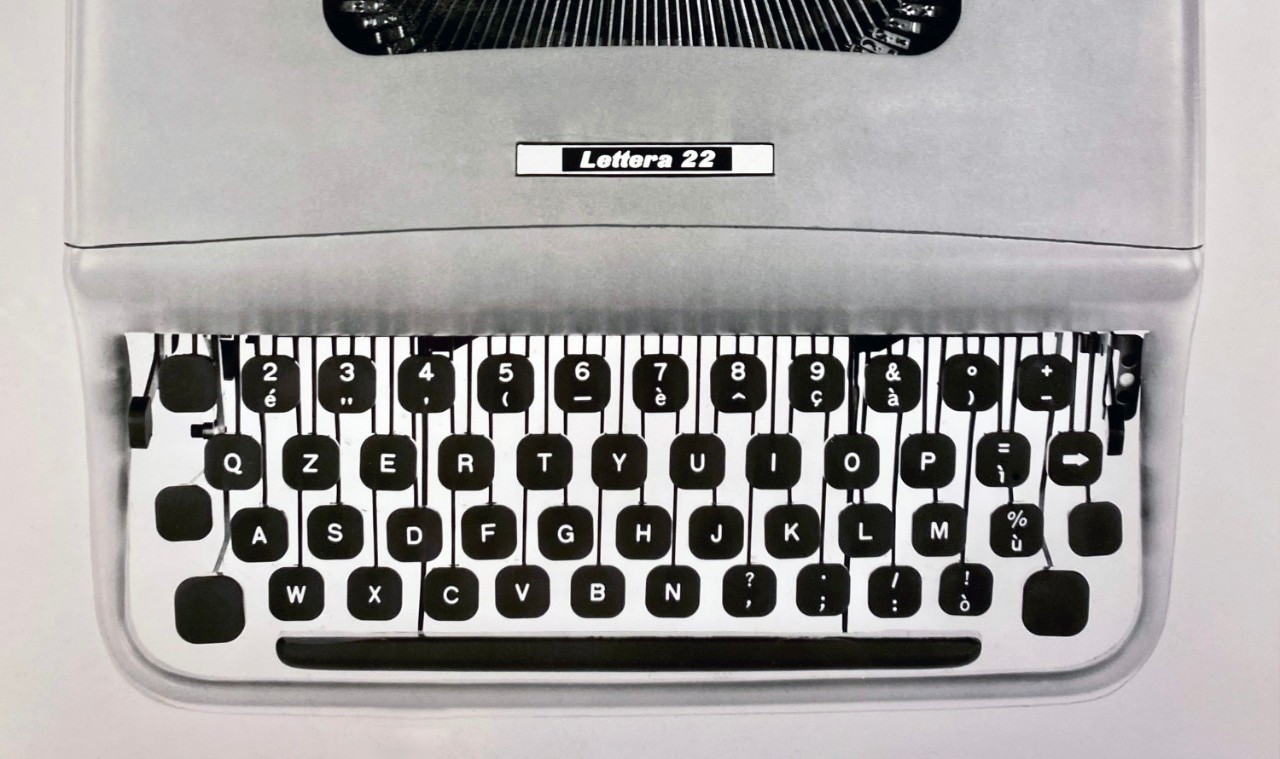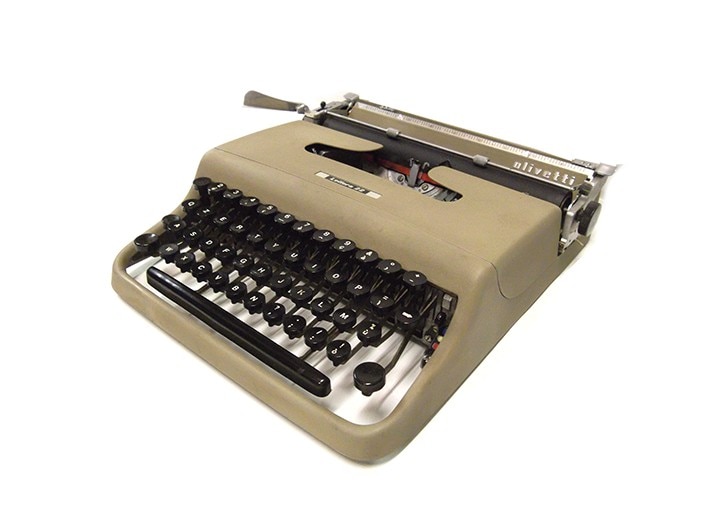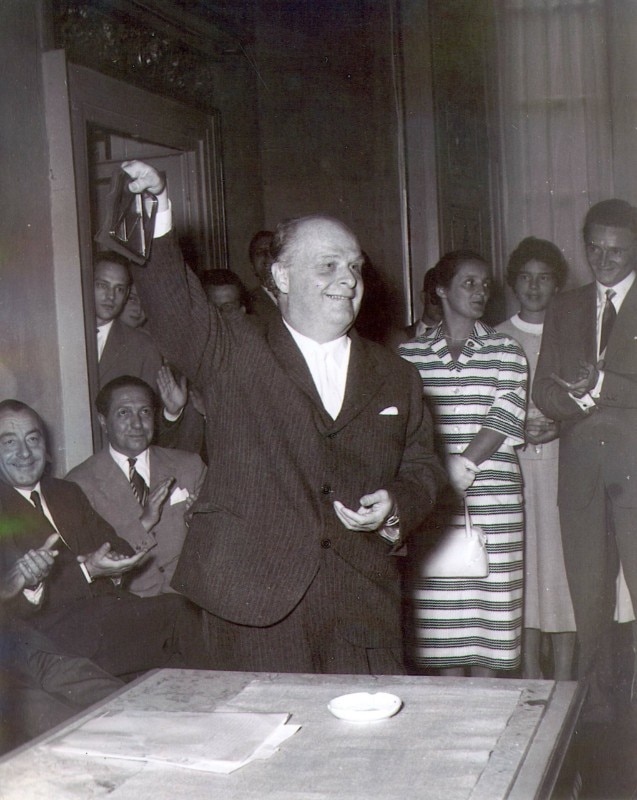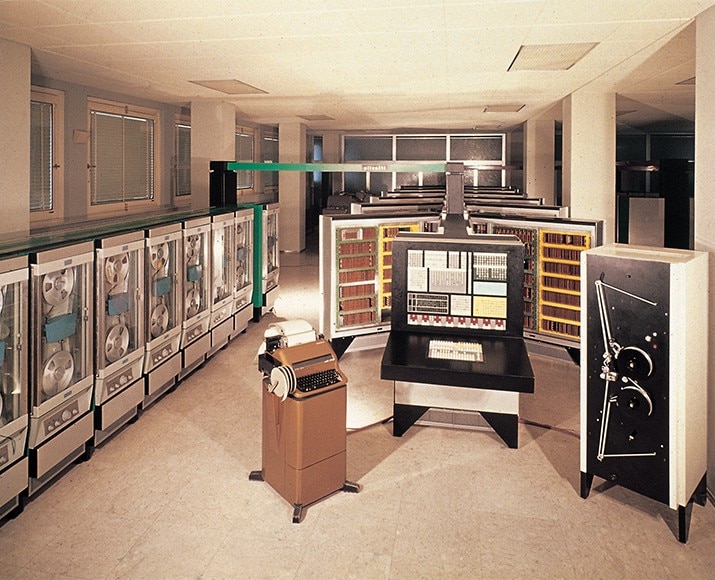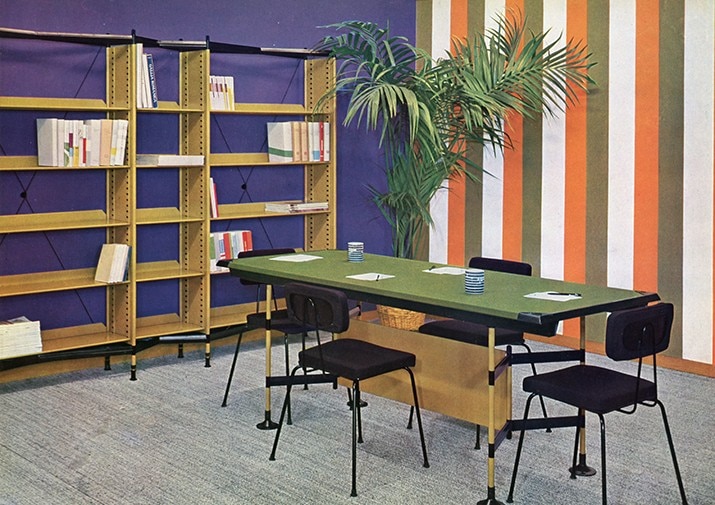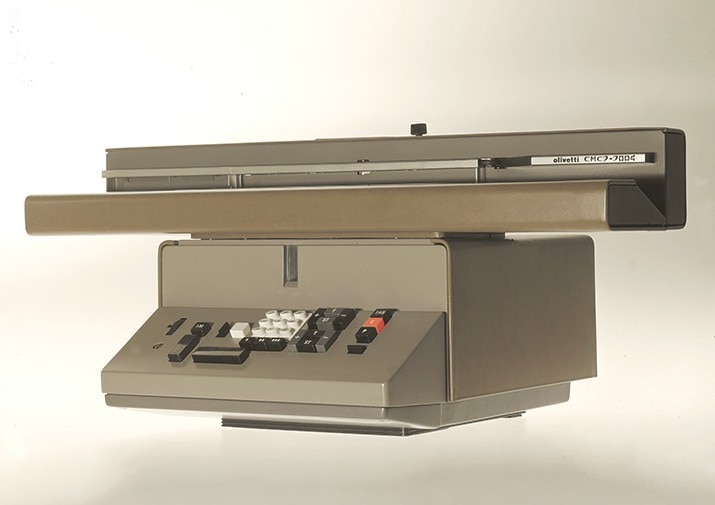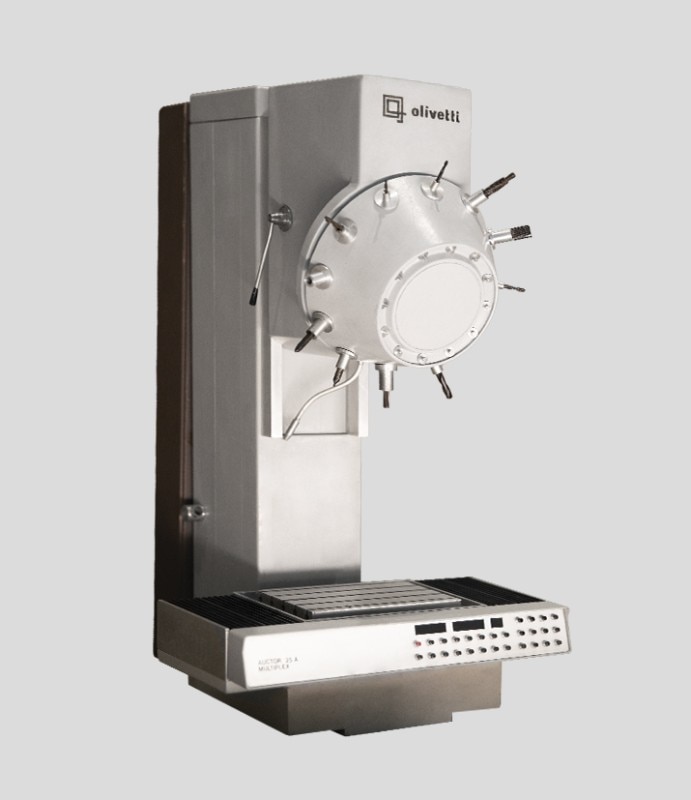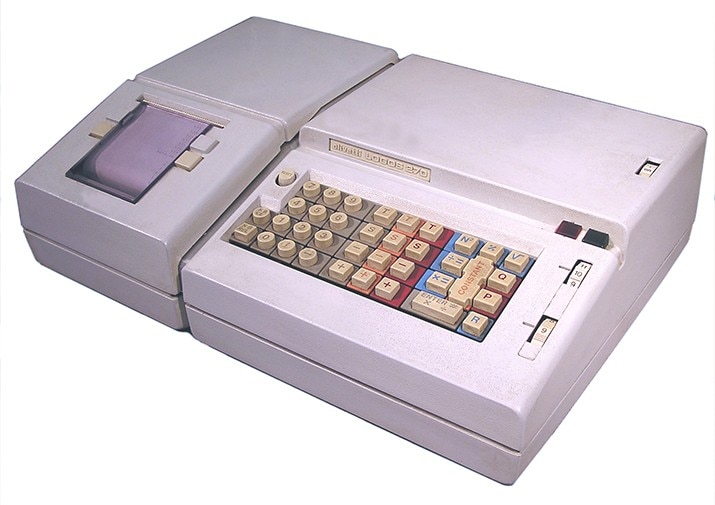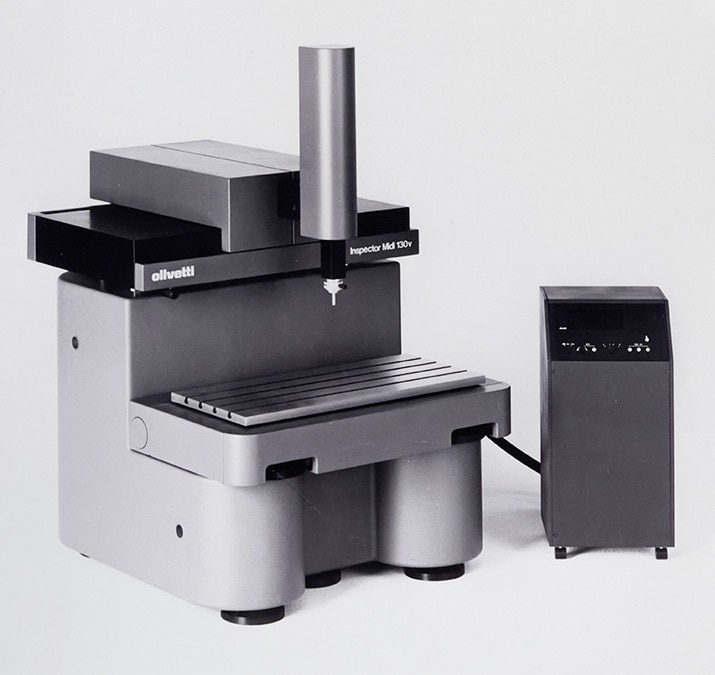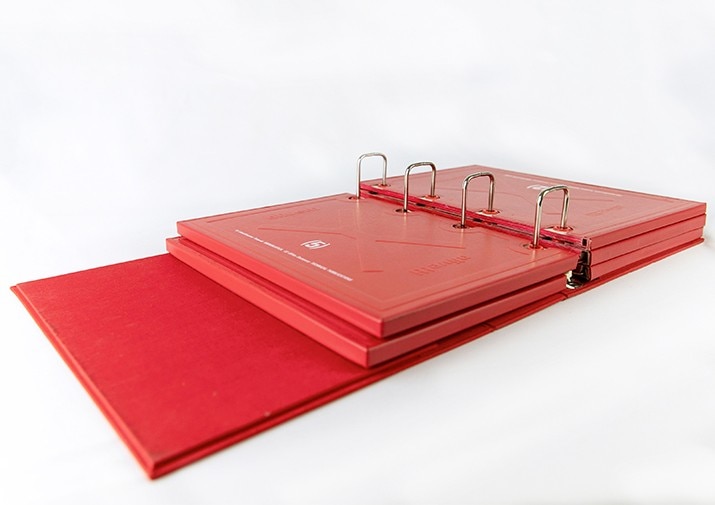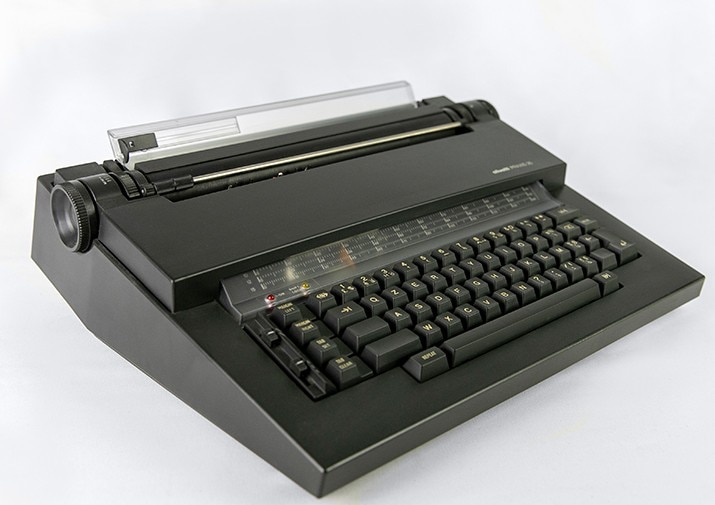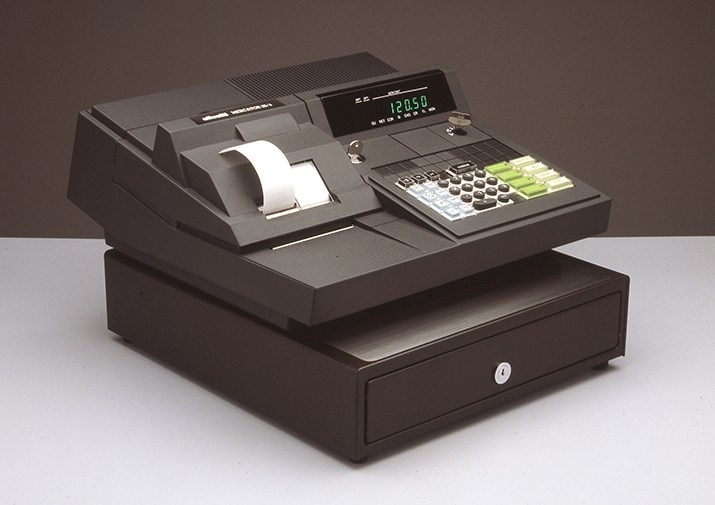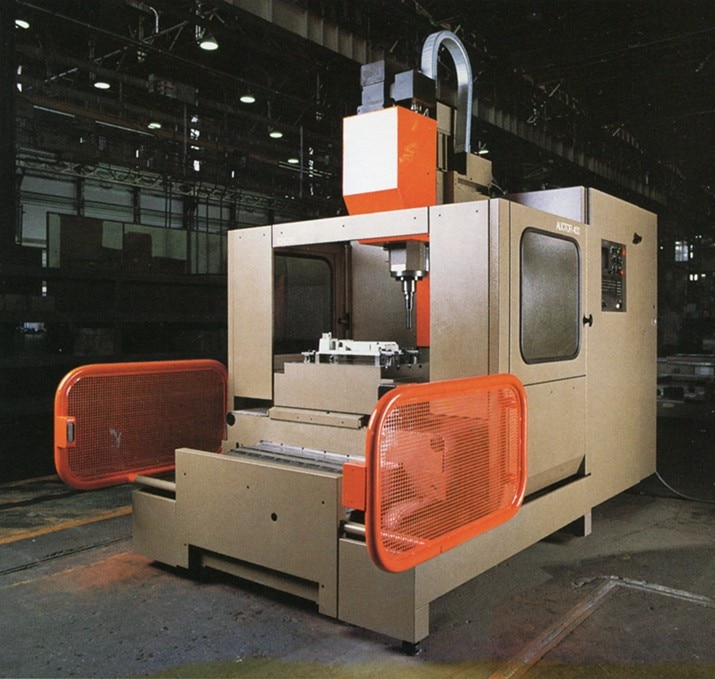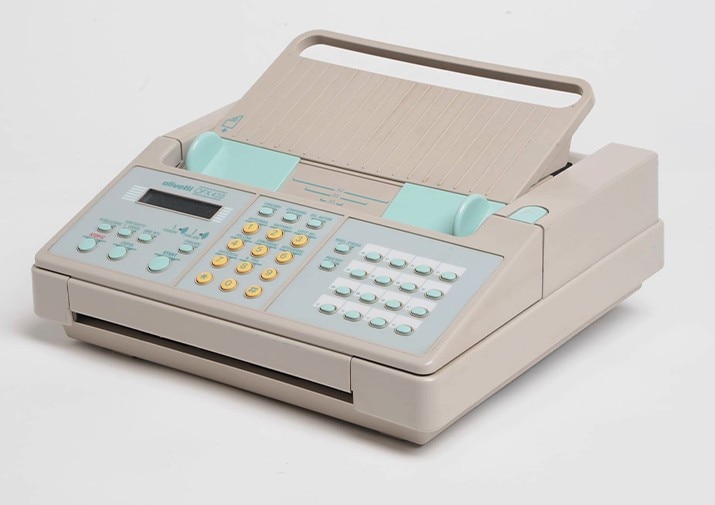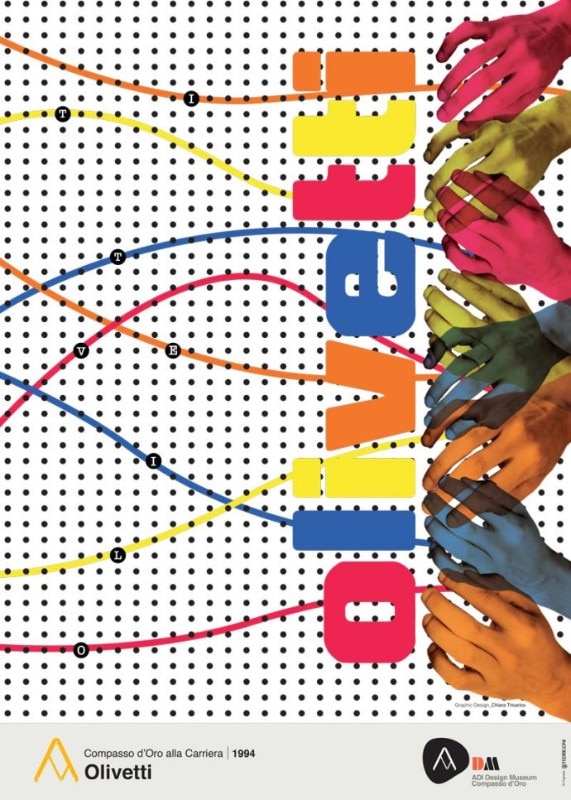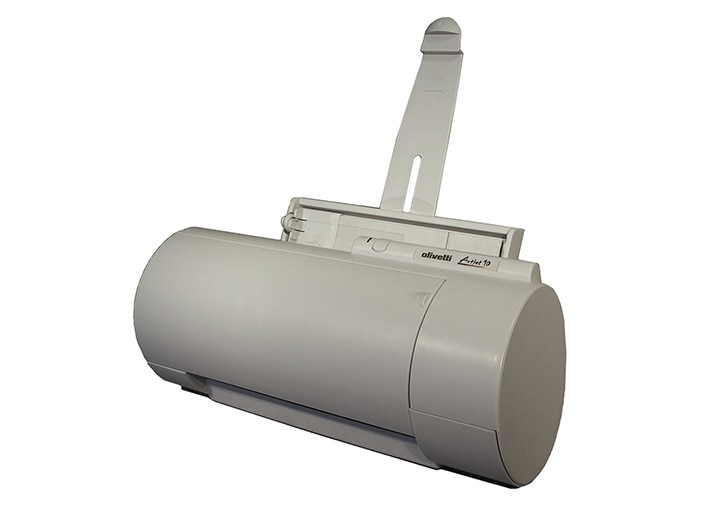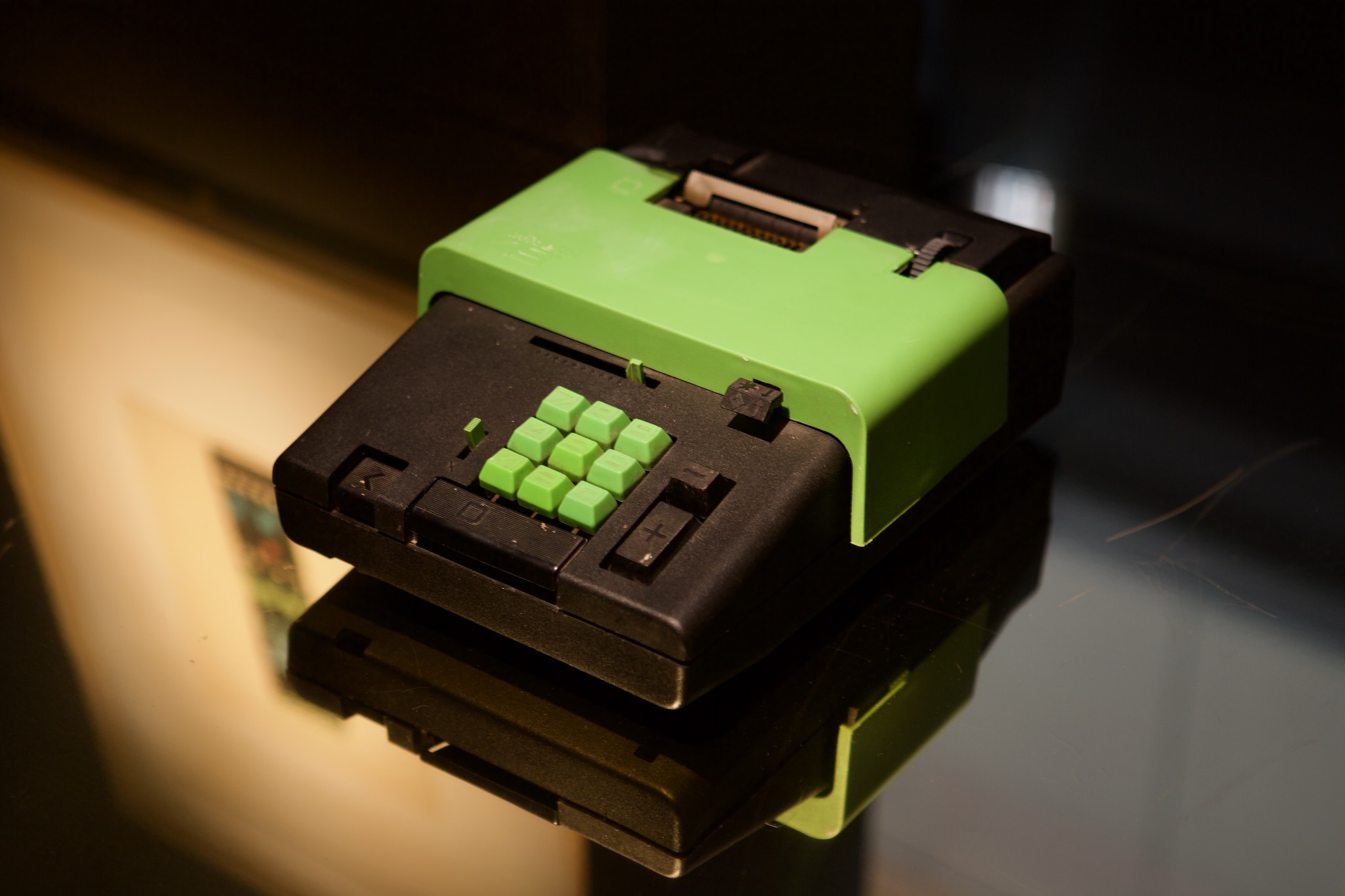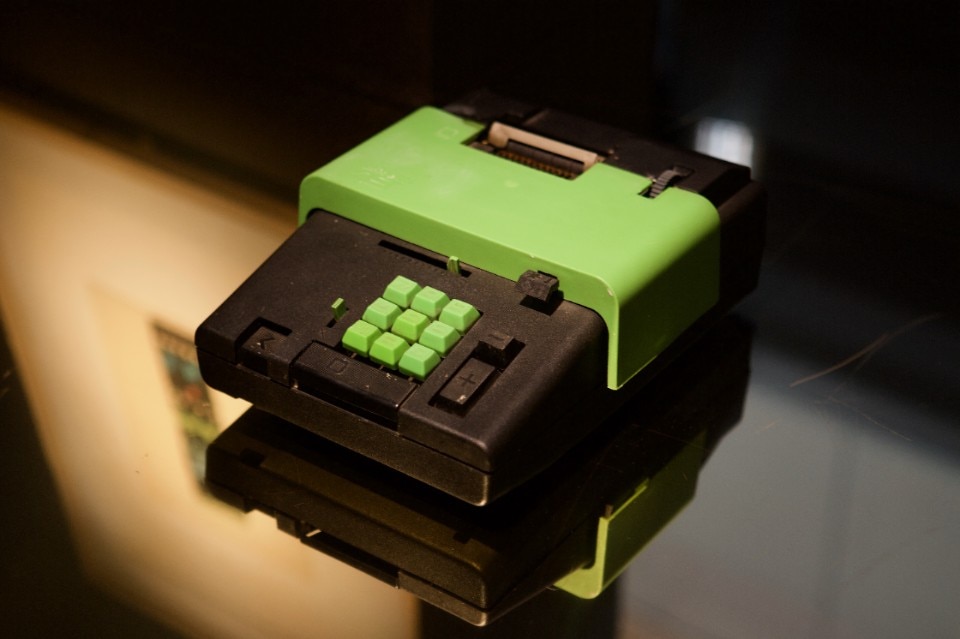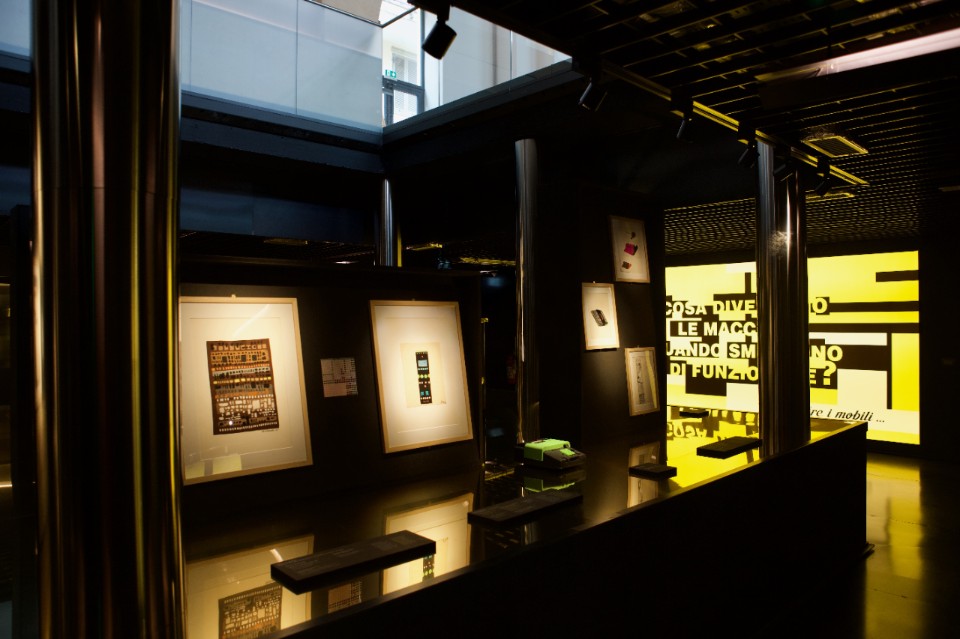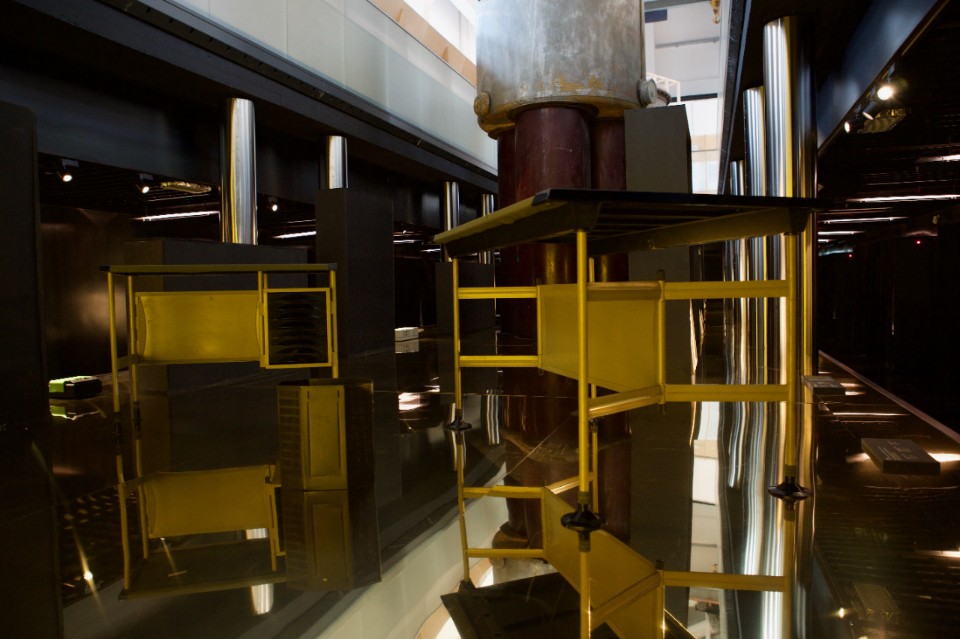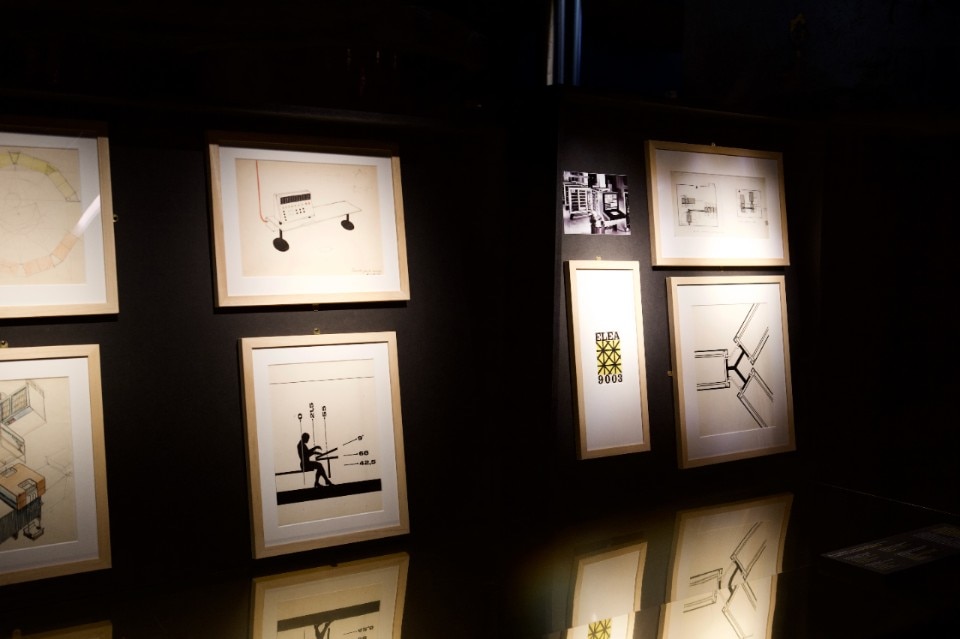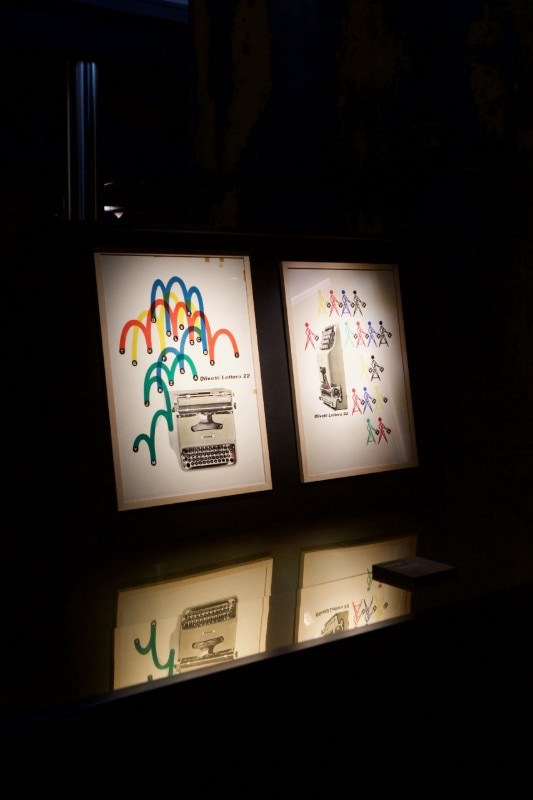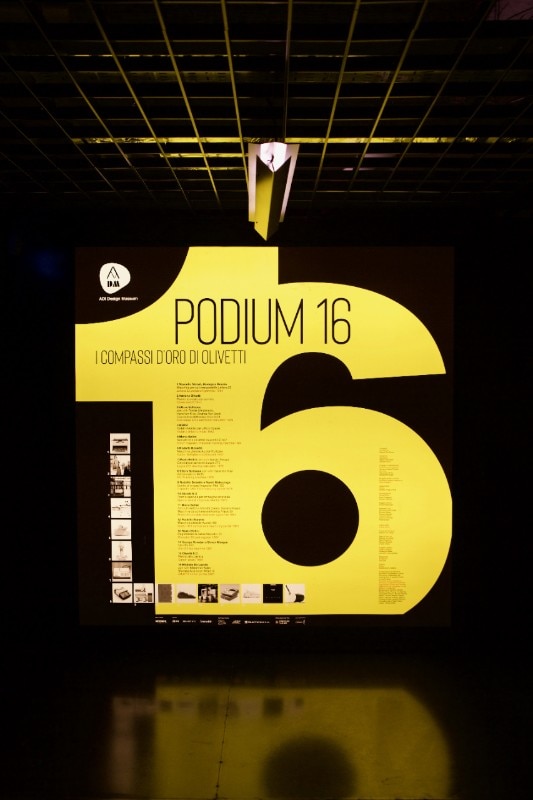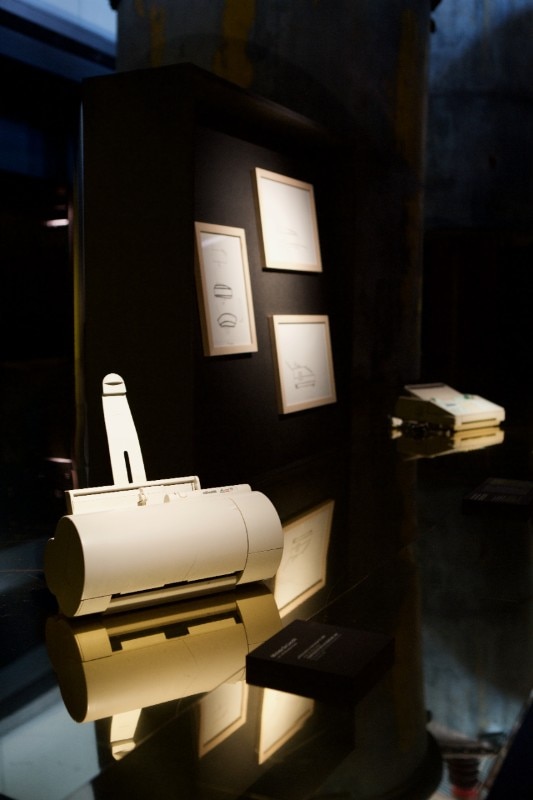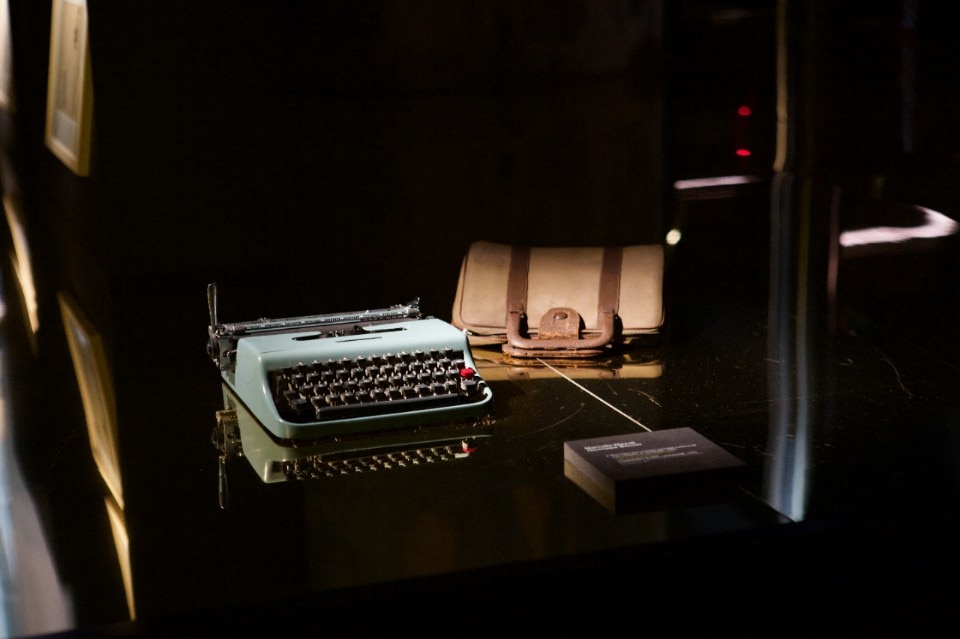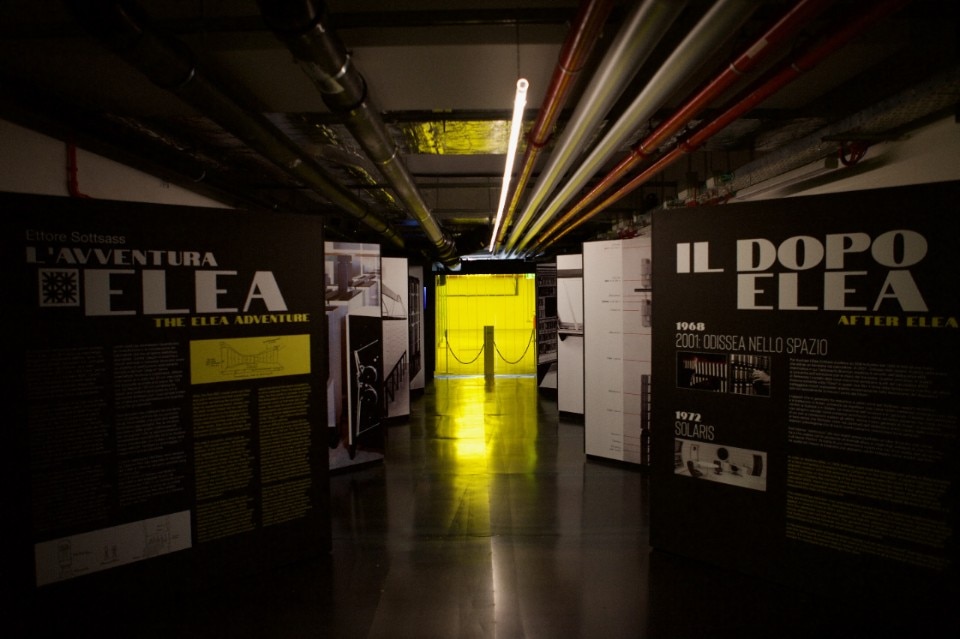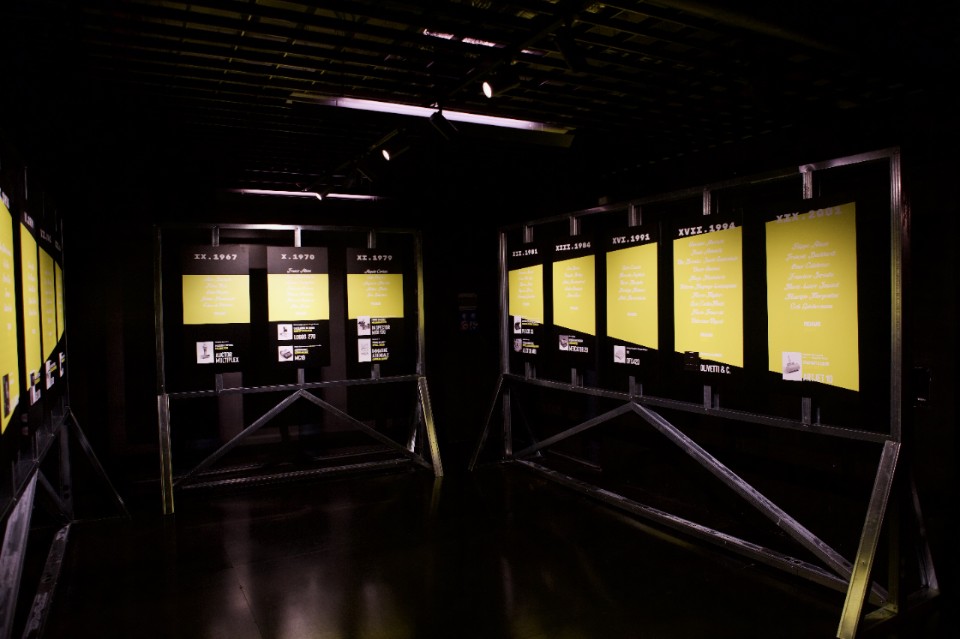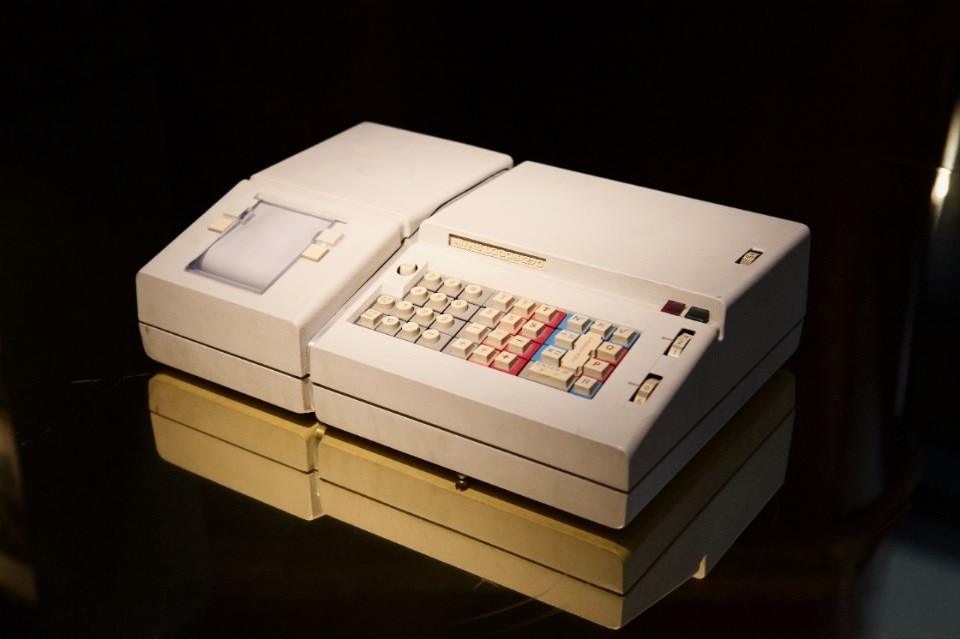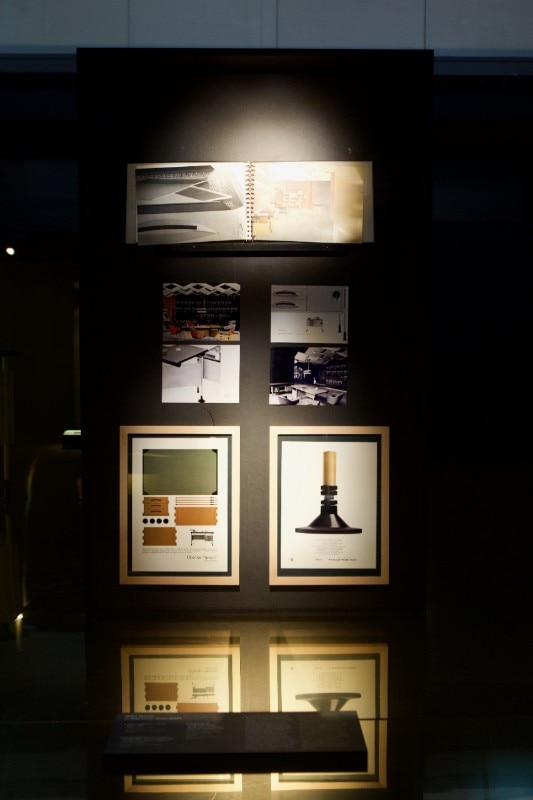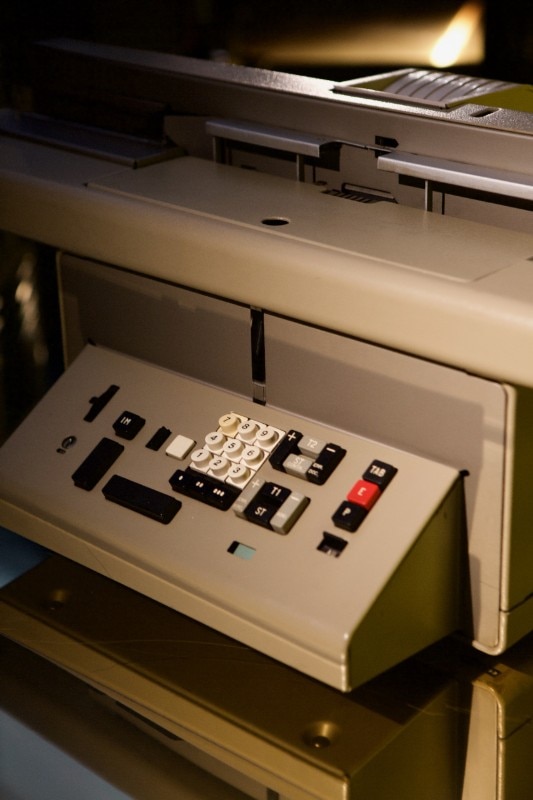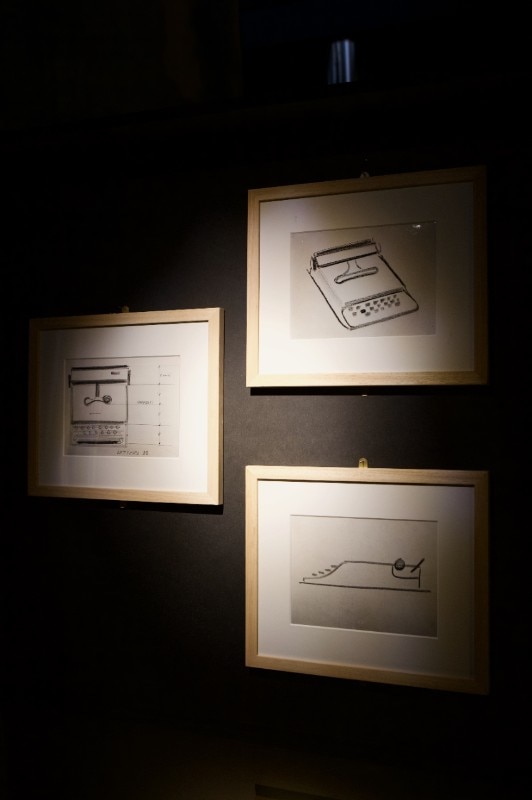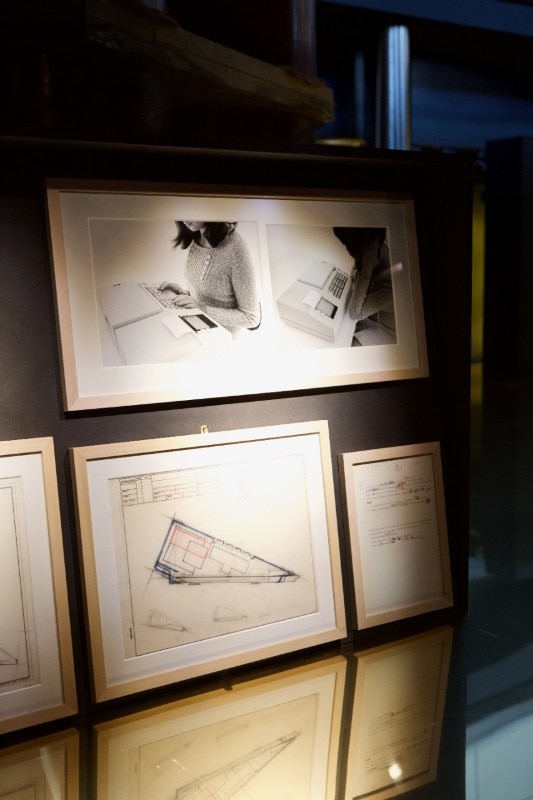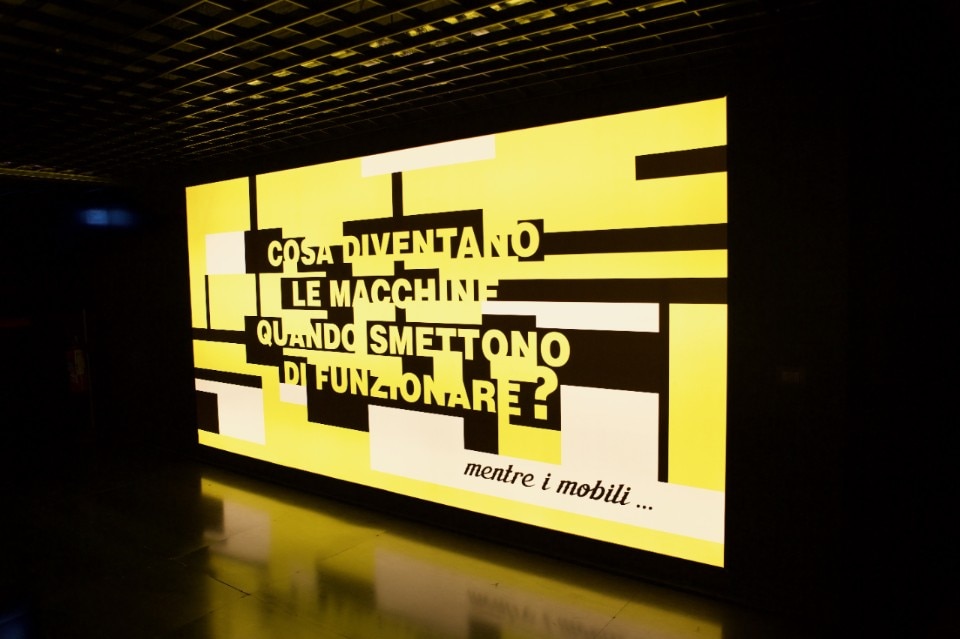Fifty years – those ranging from 1954 to 2001 – are the time span in which Italy went from an agricultural economy to the first personal computers. A transition in which Olivetti had the role of the protagonist, shaping and leading the technological future of the country with an unprecedented and ambitious vision. In this half-century, during which – to paraphrase Pier Paolo Pasolini – the fireflies disappeared and the monitors lit up, Italy, like the Ivrea-based company, witnessed the ecstasy of the economic ‘boom’ alternate with the trade union tensions of the Years of Lead, the roaring hedonistic years of the Milano da Bere with the decline of its once glorious firms.
The trajectory of this socio-technological change is traced by the Compasso d’Oro, a prize that, born out of an intuition of Domus’ historic director Gio Ponti and Alberto Rosselli, since 1954 awards the best innovations in the field of industrial design.
It is therefore no coincidence that the most prized company in the history of the prestigious award is Olivetti. Its 16 awards are now on display at the ADI Design Museum – an association that has been responsible for awarding the Compasso d’Oro since 1964 – to spark reflections on the timeless role of the technological machine once its limited practical usability has ceased.
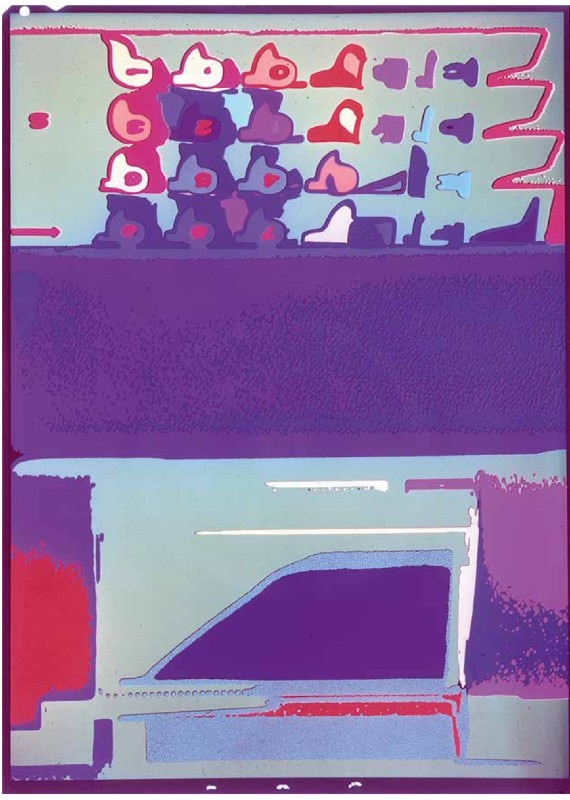
“We wondered how we could show machines that are now totally defunct objects. Unlike art or furniture, which when they go out of fashion retain their function, machines decay,” explains Manolo De Giorgi, curator of the exhibition “Podium 16 – I Compassi d’Oro di Olivetti”. At the heart of the curatorial concept is the need to interact with a new audience, made up of twenty-year-olds and design students, who can thus receive stimuli useful for their future careers.
In order to do so, according to an increasing trend for archive exhibitions, emerges the necessity to go beyond a traditional display of devices, an approach that De Giorgi sees as stale. Hence, a series of scripts interpreted by the students of the Paolo Grassi Theater School in Milan provide, in dialogue with the objects, “a frame of reference of the context in which the machines moved”.
This is because the story of Olivetti transcends the machine alone. It is, above all, that of a certain way of thinking about design that sheds a light on a unique season of the Italian industry.
Ettore Sottsass Jr. was in fact among the most notable Olivetti demiurgos. His vision was fundamental for the development of the firm’s design identity.
“In 1964, when Olivetti was in an ascending phase, with the transition from mechanical to electric machines, Roberto Olivetti asked Sottsass to become the coordinator of Olivetti within Olivetti. However, he refused this approach and instead asked for a studio in Via Manzoni, in Milan, with collaborators chosen by him, with the option of going to Ivrea twice a week,” explains De Giorgi.
According to the curator, this step, unthinkable in other parts of the world such as in the United States, where the designer was always hired within companies – was a pivotal moment for the future autonomy of Italian design in the years to come.
“The Olivettis could have said no, but they trusted this approach. Bellini and De Lucchi also maintained a studio in Milan that was independent from the company.”
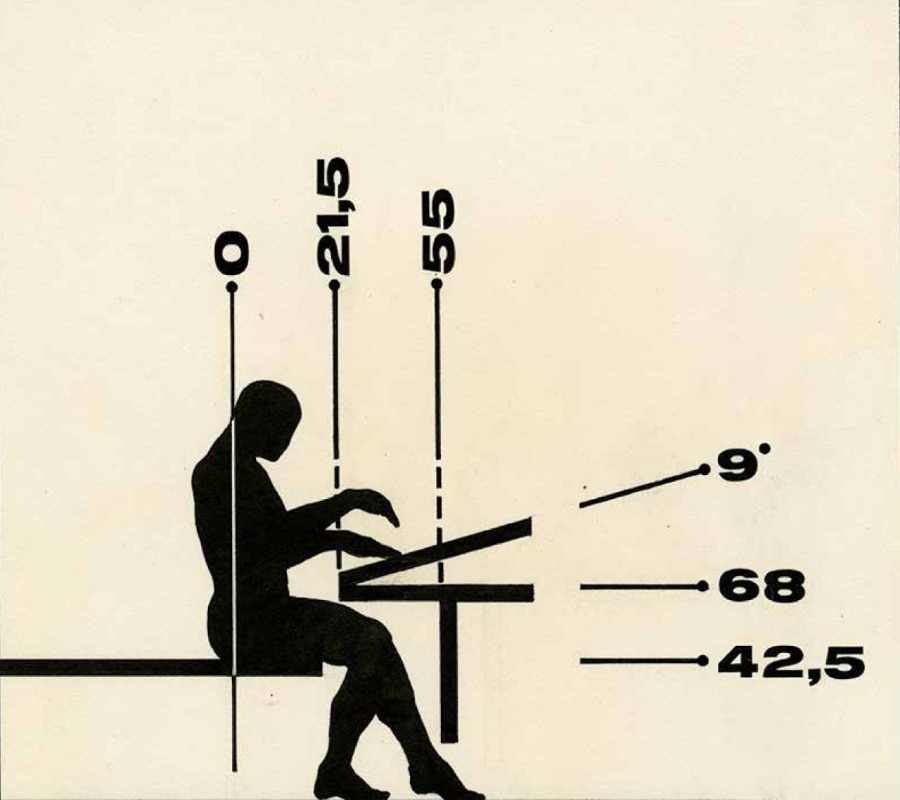
In this relationship between the client and the designer therefore lies the success of the Olivetti machines, capable of retaining a timeless charm even when their function ceases. Think of the MC19 electric calculator designed by Sottsass and Hans Von Klier, awarded with the Compasso d’Oro in 1970, the extraordinarily compact colour printer Artjet 10 by Michele De Lucchi and Masahiko Kubo (2001), the vertical axis working station Auctor 400 by Rodolfo Bonetto, or Mario Bellini’s Mercator 20 cash register, both awarded in 1984. But also – as De Giorgi points out – the many non-awarded projects, such as the red plastic Olivetti Valentine by Sottsass and Perry A. King, which in 1968, the year of the student revolution, subverted the status quo of typewriters.
All works that highlight the widespread impact of Olivetti’s production on everyday life, so much so that the firm was awarded a Compasso d’Oro for the career in 1994. The Olivetti universe, in fact, expands well beyond machines, with a broader cultural vision that encompasses architecture, social services, office furniture, such as the Spazio line by BBPR (Banfi, Belgiojoso, Peressuti and Rogers) (1962), and the wider legacy left by the graphic identity of the Piedmontese company. The red books put together between 1971 and 1977 by Von Klier together with King and Clinio Trini Castelli (Compasso d’Oro 1979) are still a key reference for those who approach this subject.
Again, relocation was Olivetti’s strength, notes De Giorgi. “Even before the war, Olivetti placed the advertising division in Milan, where there is greater sophistication and openness to European culture than in the production center of Ivrea. This decision is a very interesting and different step compared to the Germans who initially were a model for Adriano. He has been original in this field too.”
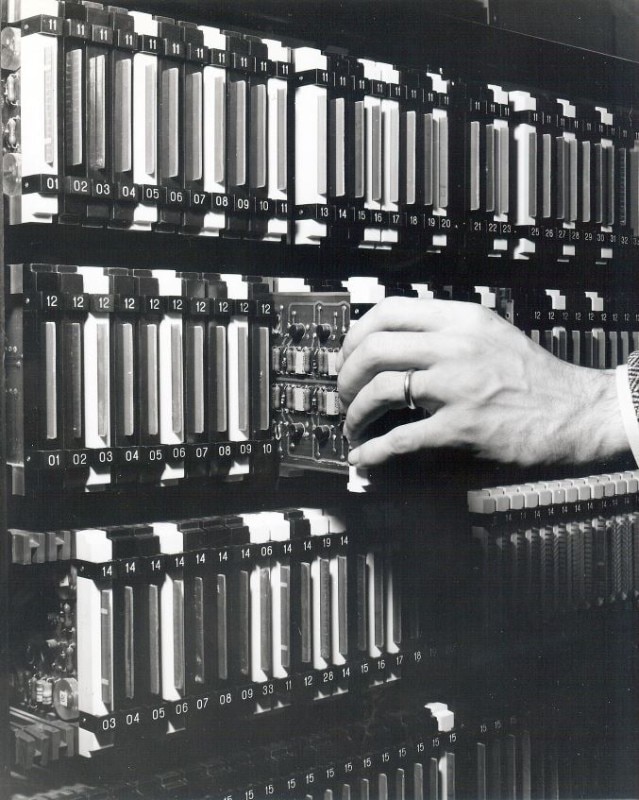
If Olivetti is often identified in the geographical specificity of Ivrea – also thanks to the city’s recent Unesco recognition – according to De Giorgi, Adriano’s concept “was not the idea of the city, but a territorial one”. As proof of this, one must consider the delocalization of electronic research to Pisa, of advertising to Milan, in addition to the many subcontractors in the Canavese area, outside of Ivrea.
The use of design-related and not strictly indigenous figures was also fundamental to the development of a mindset in which the sensitivity of people coming from the art world was therefore able to dialogue with the technological intuitions of the engineers.
An example of this approach is the Elea, winner of the Compasso d’Oro 1959. A large electronic computer of 800 square meters – “not an object but, basically, a house” – with a modular taste.
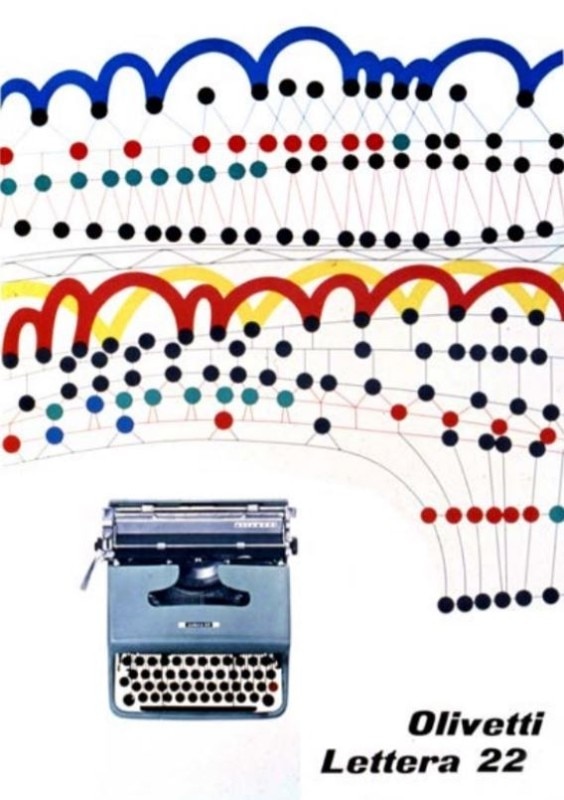
“When in 1958 Sottsass was called to design it, he was delighted, but he also wondered what effect it would have on its users. Sottsass came up with a very current issue as early as the 1950s. So much so that he designed mysterious objects, some kind of totem poles. The result is a modern device but, as he said, one that ‘must be a bit scary’,” says De Giorgi.
Although over time Olivetti has “ended up on an increasingly declining path”, De Giorgi considers how the company always represented a sort of father for Italian design, always present but behind the scenes.
“There was an exchange between the small and the large industry, which within the context of Italian design only took place with Olivetti. Small and medium-sized companies benefited from Olivetti’s innovations, which in turn used them without having to invest large amounts of money straight away.”
In any case, according to the curator, despite the fact that we often hear of Olivetti as a model to be repeated, this is not the case. “I don’t think it is an industrial model, but an artistic one. It is a unique and unparalleled story, not only in Italy but in the world. It is an artistic thing.”
Opening image: Lettera 22, Marcello Nizzoli, Olivetti, 1950. Courtesy ADI Design Museum
- Exhibition:
- Podium 16. I Compassi d’Oro di Olivetti
- Location:
- ADI Design Museum, Piazza Compasso d’Oro 1, Milan
- Curated by:
- Manolo De Giorgi
- Assistants:
- Marco Bonomelli Isabelle Rops
- Exhibition set up design:
- Giovanni Maria Filindeu with Giampaolo Scifo, Salvatore Murgia
- Exhibition graphic design by:
- Silvia Tedesco
- Sound stories, screenplay:
- Sara Chiappori, Renato Gabrielli
- Direction:
- Giulia Sangiorgio
- Cast:
- Riccardo Giacomella, Michele Magni, Michele Marullo, Jasmine Monti, Lorenzo Prevosti, Arianna Sain
- Catalogue edited by:
- Manolo De Giorgi
- Texts by:
- Manolo De Giorgi, Sara Chiappori, Renato Gabrielli, Chiara Alessi
- Translation:
- Jon Cox
- Graphic design:
- Giuseppe Basile with Luca Ladiana
- Opening dates:
- 5 May – 11 September 2022


